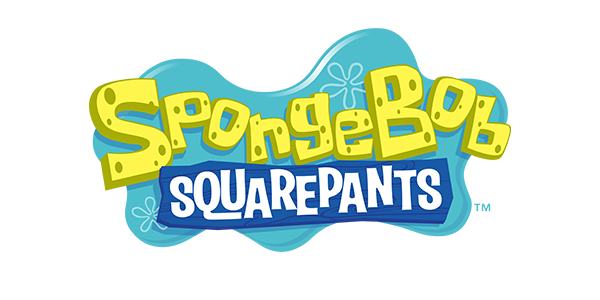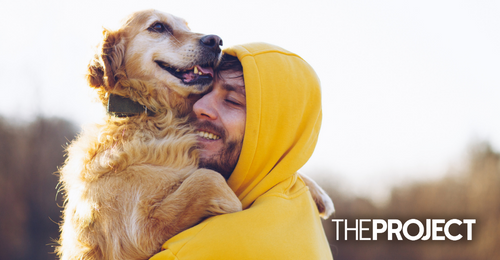Researchers at the University of Basel, Switzerland, analysed the brain activity of participants when petting a dog compared to petting a cuddly toy.
The cuddly toys were made to mimic a dog as much as possible, having fur and filled with a hot water bottle to resemble the warmth and weight of a dog.
Participants were scanned staring at a plain white wall to gauge a 'control' image of their brain, to compare when the participant pets a dog and the cuddly toy.
Sessions involving all the interactions were performed three times with both the real dog and toy to probe whether familiarity had an effect on brain activity.
Their preliminary findings showed that touching, seeing and feeling a dog engaged a part of the brain that regulates social or emotional interactions - the prefrontal cortex.
The activity was only detected when petting dogs - not the cuddly toys. 'Prefrontal brain activity in healthy subjects increased with a rise in interactional closeness with a dog or a plush animal, but especially in contact with the dog, the activation is stronger,' the authors concluded in the study.
Interestingly, the researchers also found an increase in prefrontal cortex activity was observed in subsequent interactions with the real dog, but was not observed for the stuffed animal, which indicated that familiarity with an animal could increase brain benefits.
The results concluded stroking real furry friends boosts the part of the brain responsible for social and emotional interactions more than a non-living stimulus does.
Future studies are needed to examine the effect of familiarity between dogs and participants to determine if petting an animal can trigger similar brain activity in patients with socioemotional deficits.





























